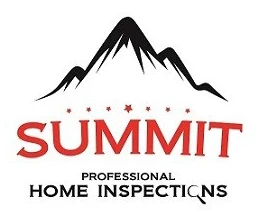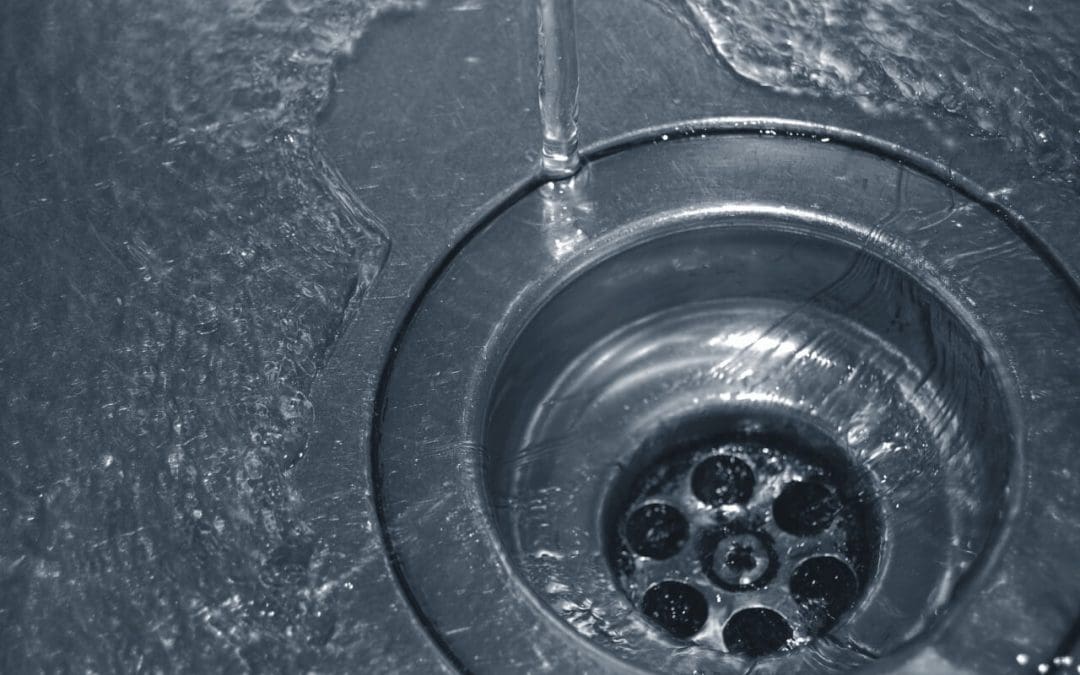A clogged drain is one of those problems that almost everyone runs into at some point. Whether it’s your kitchen sink, bathroom sink, or shower, a slow or completely stopped drain can really throw a wrench in your day. In many cases, you don’t need to call a plumber right away. You can often fix it yourself with a little know-how and some basic tools. Let’s walk through how to unclog a drain the easy way.
Start with Boiling Water
Sometimes, the simplest solution really is the best. If your drain is moving slowly but not completely blocked, boiling water might do the trick. Boil a full kettle or large pot of water. Carefully pour it down the drain in stages, allowing it to work its way through the pipe between pours. This works especially well for kitchen sinks where grease and soap buildup are the usual suspects. If the clog is minor, you might find your drain flowing smoothly again in just a few minutes.
Try Using a Plunger to Unclog a Drain
If boiling water doesn’t solve the problem, it’s time to grab a plunger. You’ll want to make sure there’s enough water in the sink or tub to cover the bottom of the plunger. Place it over the drain and plunge it firmly and quickly several times. You should feel some resistance and then a release as the pressure helps dislodge the clog. If the water starts to drain, you’re on the right track. Run hot water to clear out any remaining debris.
Use a Drain Snake or Zip-It Tool
A drain snake or a plastic zip-it tool can work wonders for tougher clogs, especially in bathroom sinks and tubs where hair tends to build up. Gently insert the tool into the drain, and you’ll likely feel it catch on whatever’s causing the blockage. Pull it back out slowly, and be prepared—what comes out might not be pretty, but removing the gunk is satisfying. Rinse the drain with hot water afterward to help flush everything through.
Remove and Clean the Trap
If none of that works and you’re dealing with a bathroom or kitchen sink, you may need to remove the trap—the curved pipe underneath the sink. Place a bucket underneath to catch any water, then unscrew the fittings and carefully remove the pipe. You’ll often find the clog sitting right there. Clean it out, reassemble the pipe, and run water to make sure everything is back to normal.
When to Call a Pro to Unclog a Drain
If you’ve tried all these steps and the drain is still clogged, it may be time to call a professional. Your plumbing system could have a deeper issue requiring specialized equipment. But in most cases, a slow or clogged drain can be cleared with a little patience and a few basic tools.
Regular cleaning and being mindful of what goes down your drains can help prevent future clogs. But when the inevitable clog occasionally happens, now you know what to do.
Summit Professional Home Inspections offers home inspection services in Southern New Jersey. Contact us to schedule an inspection today.

